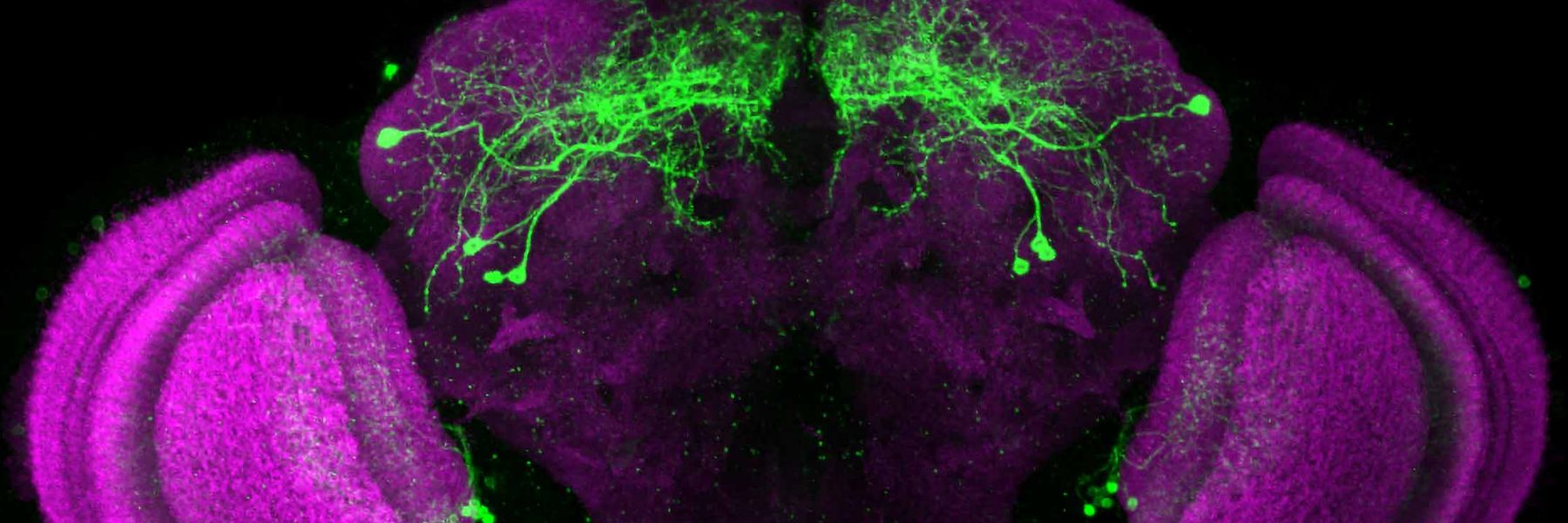How does the nervous system actually work? NRI investigators employ the sophisticated tools of modern molecular and cellular biology, biochemistry, microscopy, electrophysiology, and biophysics to investigate this fundamental question. How do critical neuronal molecules regulate the complex molecular and cellular environment to enable proper neuronal function? How do cells of the nervous system communicate with one another?
